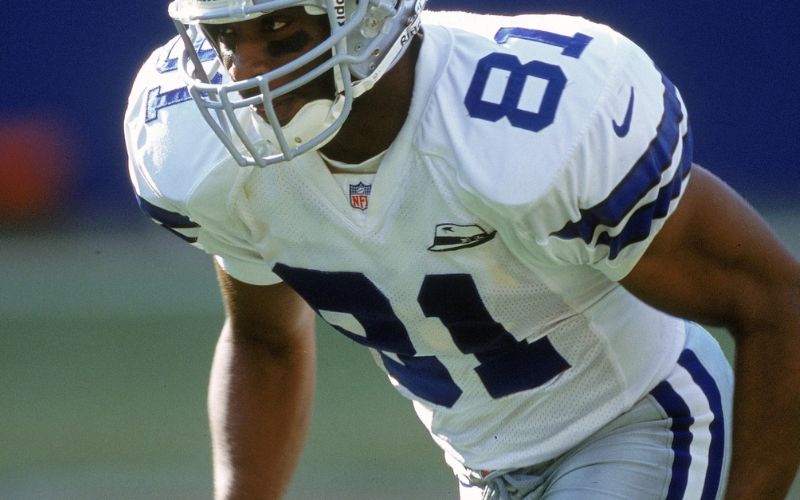
- Details
- By Native News Online Staff
On Tuesday, January 7, the Ford Center at The Star in Frisco, Texas, home of the Dallas Cowboys, will host the Native American All-Star Football Game, a free exhibition highlighting 50 of the top Native American high school football players from across the country.
Athletes from 35 tribal communities and reservations spanning over 20 states and Canada will take the field to celebrate talent, leadership, and cultural unity.
This unique event, organized by the Native American Athletic Foundation (NAAG) in partnership with the NFL and Nike, will feature a four-day camp and leadership program. The program will provide young athletes with elite coaching, mentorship, and skills to succeed both on and off the field.
“Quite frankly, sports is the tool we use to engage with kids and bring people together,” NAAF Executive Director Michael Stopp, a citizen of the Cherokee Nation, said in a press release. “The organization’s underlying mission is to provide education, life skills and the inspiration to do bigger and better things. We want every student in this program to reach their full potential and take those lessons back to their communities,”
The camp also focuses on addressing the unique challenges faced by Native youth, many of whom come from rural areas with limited access to resources. Workshops include mentorship, communication skills, and behavioral health strategies to help players build resilience and thrive in new environments, such as college or professional sports.
“What makes this camp different is we incorporate non-traditional exercises and activities like professional mentorship and behavioral health techniques. These practices help young people transition from what is often a very rural area to a collegiate-level environment,” Stopp said.
On the evening of January 6, the athletes will be celebrated at the Native All-Star Banquet at Frisco Hall, where former Dallas Cowboy Raghib “Rocket” Ismail will deliver the keynote address. Sharing insights from his own career, Ismail will highlight the role of sports in building character and leadership.
The Native American All-Star Football Game will feature athletes from communities as far-ranging as the Navajo Nation, the Eastern Band of Cherokee Indians, the Muscogee (Creek) Nation, and Alaska’s Native Village of Barrow. For many of these players, the game is not only a chance to demonstrate their skills but also an opportunity to represent their communities and traditions on a national stage.
The event is free to the public, and the NAAF is encouraging football fans, coaches, scouts, and community members to attend and support the players. For those interested in learning more or attending the banquet, details can be found on the NAAF website.
“We encourage coaches, scouts, the media and anyone in the Dallas-Fort Worth area who enjoys sports and supporting young people to attend this free exhibition game and cheer on these incredible athletes,” said Stopp.
More Stories Like This
Chickasaw Holiday Art Market Returns to Sulphur on Dec. 6Center for Native Futures Hosts Third Mound Summit on Contemporary Native Arts
Filmmakers Defend ‘You’re No Indian’ After Demand to Halt Screenings
A Native American Heritage Month Playlist You Can Listen to All Year Long
11 Native Actors You Should Know
Help us defend tribal sovereignty.
At Native News Online, our mission is rooted in telling the stories that strengthen sovereignty and uplift Indigenous voices — not just at year’s end, but every single day.
Because of your generosity last year, we were able to keep our reporters on the ground in tribal communities, at national gatherings and in the halls of Congress — covering the issues that matter most to Indian Country: sovereignty, culture, education, health and economic opportunity.
That support sustained us through a tough year in 2025. Now, as we look to the year ahead, we need your help right now to ensure warrior journalism remains strong — reporting that defends tribal sovereignty, amplifies Native truth, and holds power accountable.
 The stakes couldn't be higher. Your support keeps Native voices heard, Native stories told and Native sovereignty defended.
The stakes couldn't be higher. Your support keeps Native voices heard, Native stories told and Native sovereignty defended.
Stand with Warrior Journalism today.
Levi Rickert (Potawatomi), Editor & Publisher


